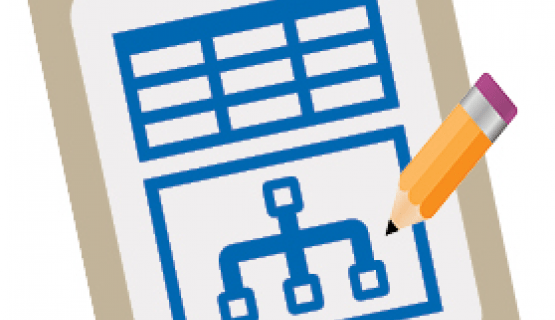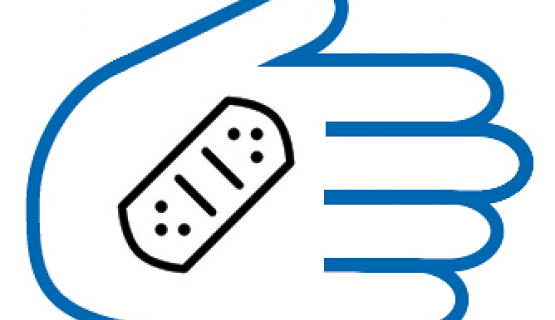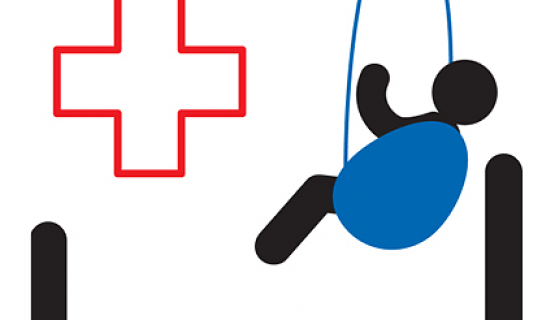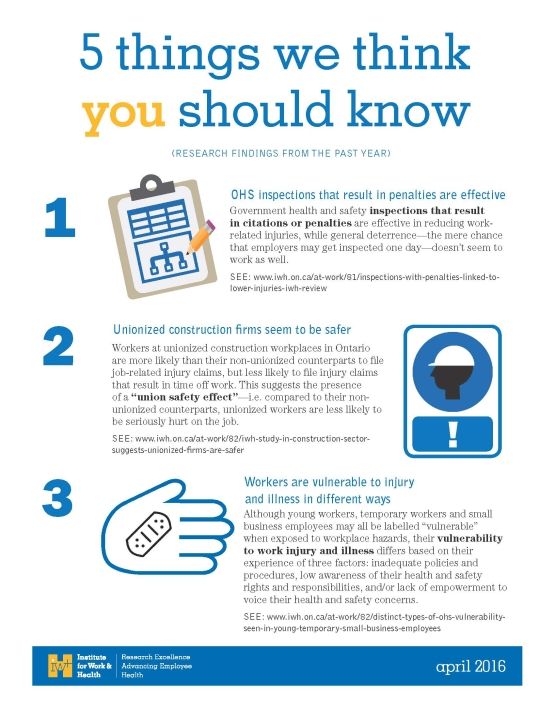
OHS inspections that result in penalties are effective
Government health and safety inspections that result in citations or penalties are effective in reducing work-related injuries, while general deterrence—the mere chance that employers may get inspected one day—doesn’t seem to work as well.

Unionized construction firms seem to be safer
Workers at unionized construction workplaces in Ontario are more likely than their non-unionized counterparts to file job-related injury claims, but less likely to file injury claims that result in time off work. This suggests the presence of a “union safety effect”—i.e. compared to their non-unionized counterparts, unionized workers are less likely to be seriously hurt on the job.

Workers are vulnerable to injury and illness in different ways
Although young workers, temporary workers and small business employees may all be labelled “vulnerable” when exposed to workplace hazards, their vulnerability to work injury and illness differs based on their experience of three factors: inadequate policies and procedures, low awareness of their health and safety rights and responsibilities, and/or lack of empowerment to voice their health and safety concerns.

Peer coaching can reduce patient-handling injuries
Although a peer coaching program on the effective use of ceiling lifts in long-term care facilities comes at a cost in terms of staff time and program development, it also comes with benefits: reduced patient-handling injuries for years to come.

Depressive symptoms are common among injured workers
Depressive symptoms are common in the first year after people have been injured at work, and the first six months appear to be particularly important to their future mental health. This six-month period may be a window of opportunity to screen for symptoms of depression among injured workers, and to provide the necessary support to those who need it in order to prevent mental health problems in the future.
